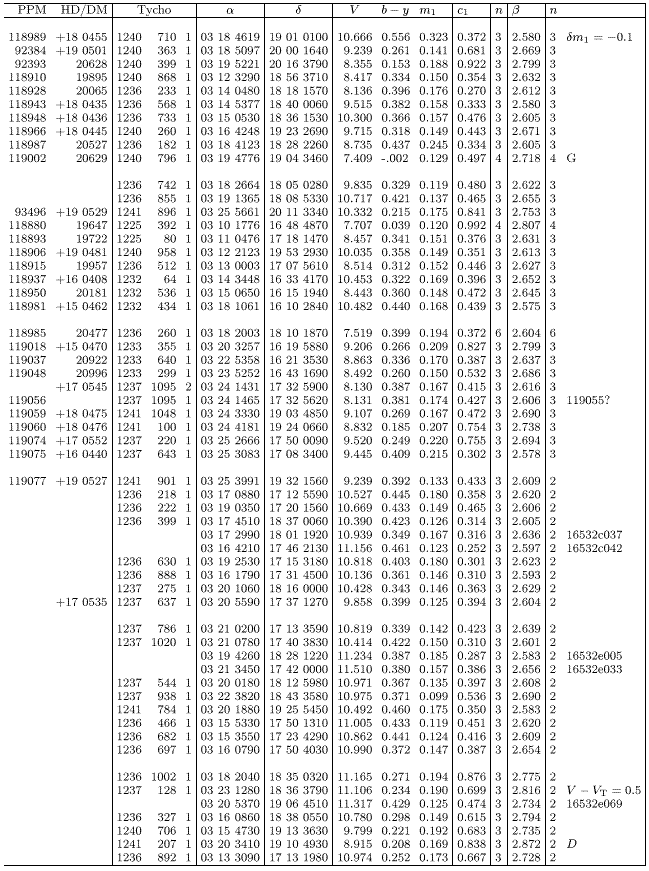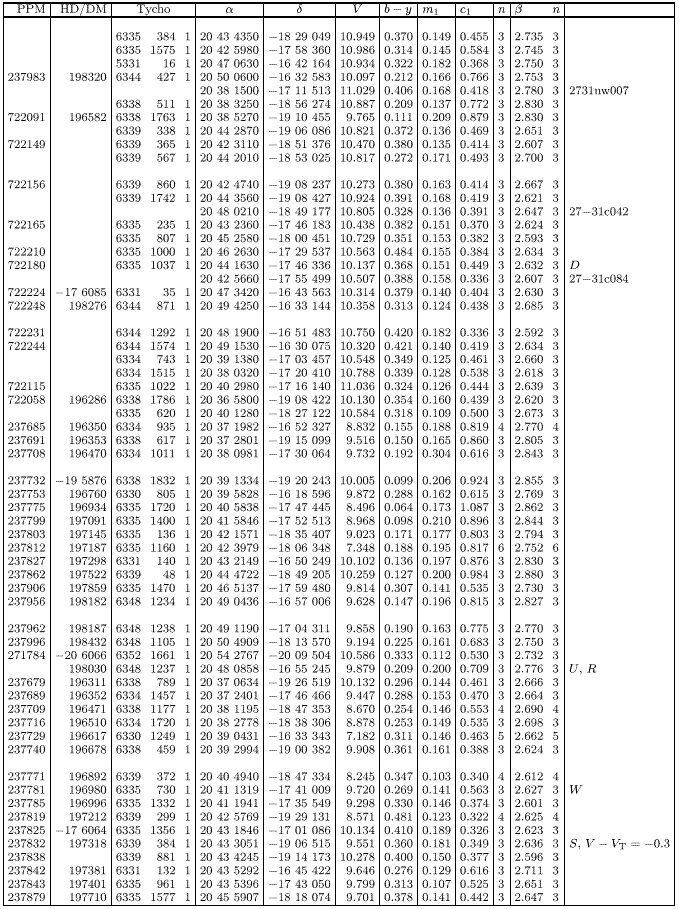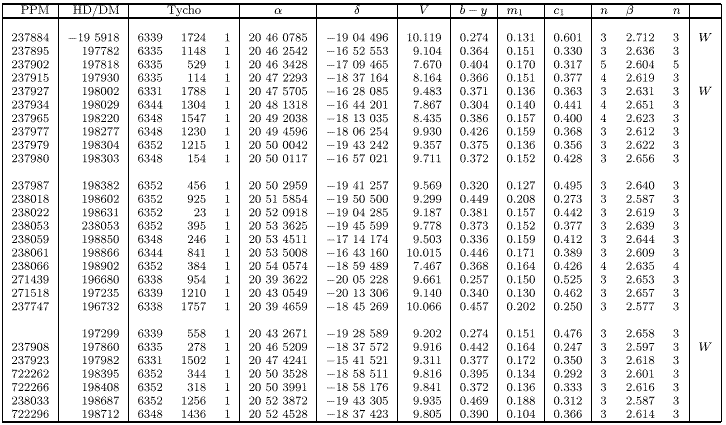

Up: Stellar photometry in three directions
The Deep Survey instrument of the Extreme Ultraviolet Explorer (EUVE)
detected three significant absortion
features in the Lex/B count rates which were identified with 100  emission features, Bowyer et al. (1995),
Berghöfer et al. (1997). The calculation of
the thermal pressure in these shadows from the emission measure requires
information on the extent of the emitting volume. This paper presents the
optical data used to assess this volume. The softness
of the Lex/B band implies that only a minor column density
emission features, Bowyer et al. (1995),
Berghöfer et al. (1997). The calculation of
the thermal pressure in these shadows from the emission measure requires
information on the extent of the emitting volume. This paper presents the
optical data used to assess this volume. The softness
of the Lex/B band implies that only a minor column density  is
needed to reach unit optical depth. The situation is thus so simple that
all the emission must originate in front of the absorbing clouds and the
cloud absorbs all emission produced at larger distances. Therefore the cloud
distance provides a limit of the emitting volume.
is
needed to reach unit optical depth. The situation is thus so simple that
all the emission must originate in front of the absorbing clouds and the
cloud absorbs all emission produced at larger distances. Therefore the cloud
distance provides a limit of the emitting volume.
A description of the
EUVE mission and details of the instrumentation are given in Bowyer &
Malina (1991). The EUVE scans the complete sky but the Deep
Survey is about a factor ten more sensitive than the general survey.
Local diffuse interstellar clouds may in principle have their distance
determined in two ways. One is the combination of spectral classification
and measurement of optical absorption lines in background stars and another
is distance and continuum absorption of background stars derived from
a precision photometric system. This way an upper distance limit is
provided. Lower distance limits are provided from unobscured foreground
stars. The approach by means of photometry has the advantage to be
relatively fast and to work for a wide spectral and
luminosity range. The success rate of confining an absorption feature
only a few square degrees and within  50 pc is possibly largest
by the photometric approach. The Tables 1-3 present the
50 pc is possibly largest
by the photometric approach. The Tables 1-3 present the
 data for the three shadow directions lb27-31, lb165-32 and
lb329+46. The
data for the three shadow directions lb27-31, lb165-32 and
lb329+46. The  systems are able to provide photometric
parallaxes of an accuracy 15
systems are able to provide photometric
parallaxes of an accuracy 15 and color excess with an uncertainty 0.008
- 0.010 in Eb-y
(Knude 1978). The former of these numbers is confirmed
by the stars of this program within
and color excess with an uncertainty 0.008
- 0.010 in Eb-y
(Knude 1978). The former of these numbers is confirmed
by the stars of this program within  < 150 pc common to
the Hipparcos Catalog. The probability to detect local diffuse clouds with
magnitude limited complete samples are discussed in Knude
(1981).
< 150 pc common to
the Hipparcos Catalog. The probability to detect local diffuse clouds with
magnitude limited complete samples are discussed in Knude
(1981).
Table 1:
lb165-32 shadow direction. Columns 1, 2, 3 are PPM, HD/DM and
Tycho numbers. Columns 4 and 5 Right ascension and declination (2000.0).
Columns 6, 7, 8, 9 and 11 V, b-y, m1, c1 and  in
magnitudes. Columns 10 and 12 number of uvby and
in
magnitudes. Columns 10 and 12 number of uvby and  observations.
Last column comments. D: unresolved duplicity in Tycho data, G: listed in
GCVS, R: weak indication of duplicity combined with indication of
variability in Tycho data, S: suspected duplicity from Tycho data, U: apparent variability, W: suspected variability. Stars without PPM, HD/DM or Tycho identification are listed by a working number in the last column
observations.
Last column comments. D: unresolved duplicity in Tycho data, G: listed in
GCVS, R: weak indication of duplicity combined with indication of
variability in Tycho data, S: suspected duplicity from Tycho data, U: apparent variability, W: suspected variability. Stars without PPM, HD/DM or Tycho identification are listed by a working number in the last column
 |
Table 2:
lb27-31 shadow direction. Columns 1, 2, 3 are PPM, HD/DM and
Tycho numbers. Columns 4 and 5 Right ascension and declination (2000.0).
Columns 6, 7, 8, 9 and 11 V, b-y, m1, c1 and  in
magnitudes. Columns 10 and 12 number of uvby and
in
magnitudes. Columns 10 and 12 number of uvby and  observations.
Last column comments. D: unresolved duplicity in Tycho data, G: lised in
GCVS, R: weak indication of duplicity combined with indication of
variability in Tycho data, S: suspected duplicity from Tycho data, U: apparent variability, W: suspected variability. Stars without PPM, HD/DM or Tycho identification are listed by a working number in the last column
observations.
Last column comments. D: unresolved duplicity in Tycho data, G: lised in
GCVS, R: weak indication of duplicity combined with indication of
variability in Tycho data, S: suspected duplicity from Tycho data, U: apparent variability, W: suspected variability. Stars without PPM, HD/DM or Tycho identification are listed by a working number in the last column
 |
Table 2:
continued
 |
Table 3:
lb329+46 shadow direction. Columns 1, 2, 3 are PPM, HD/DM and
Tycho numbers. Columns 4 and 5 Right ascension and declination (2000.0).
Columns 6, 7, 8, 9 and 11 V, b-y, m1, c1 and  in
magnitudes. Columns 10 and 12 number of uvby and
in
magnitudes. Columns 10 and 12 number of uvby and  observations.
Last column comments. D: unresolved duplicity in Tycho data, G: listed in
GCVS, R: weak indication of duplicity combined with indication of
variability in Tycho data, S: suspected duplicity from Tycho data, U: apparent variability, W: suspected variability. Stars without PPM, HD/DM or Tycho identification are listed by a working number in the last column
observations.
Last column comments. D: unresolved duplicity in Tycho data, G: listed in
GCVS, R: weak indication of duplicity combined with indication of
variability in Tycho data, S: suspected duplicity from Tycho data, U: apparent variability, W: suspected variability. Stars without PPM, HD/DM or Tycho identification are listed by a working number in the last column
 |


Up: Stellar photometry in three directions
Copyright The European Southern Observatory (ESO)



